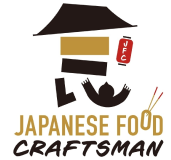To our customers in the US: From Aug 29, 2025, new U.S. customs rules may cause longer delivery times, and all orders from Japan will require higher import fees (often US $80–$200 or up to 50%) to be paid by the customer upon delivery.
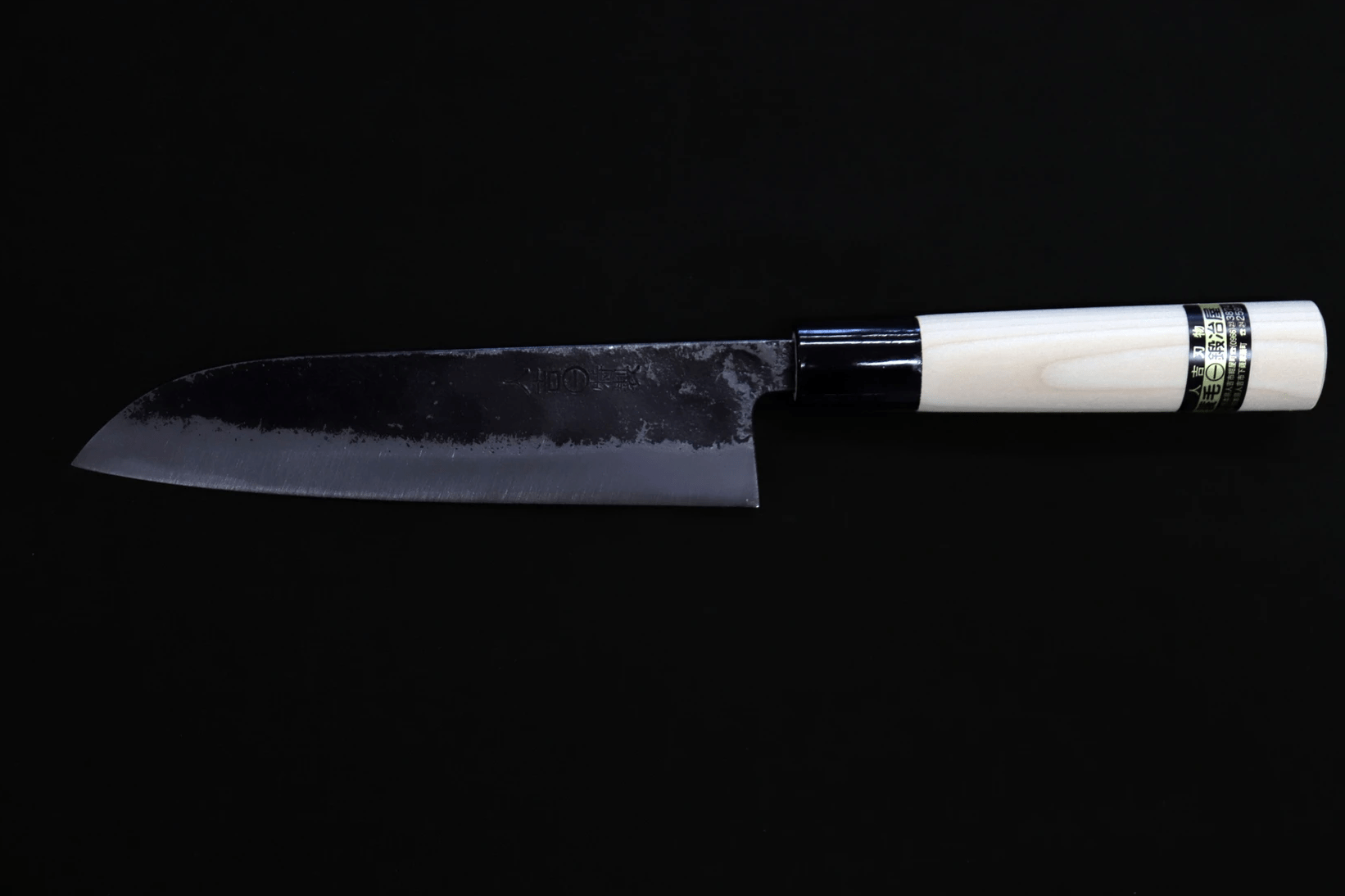

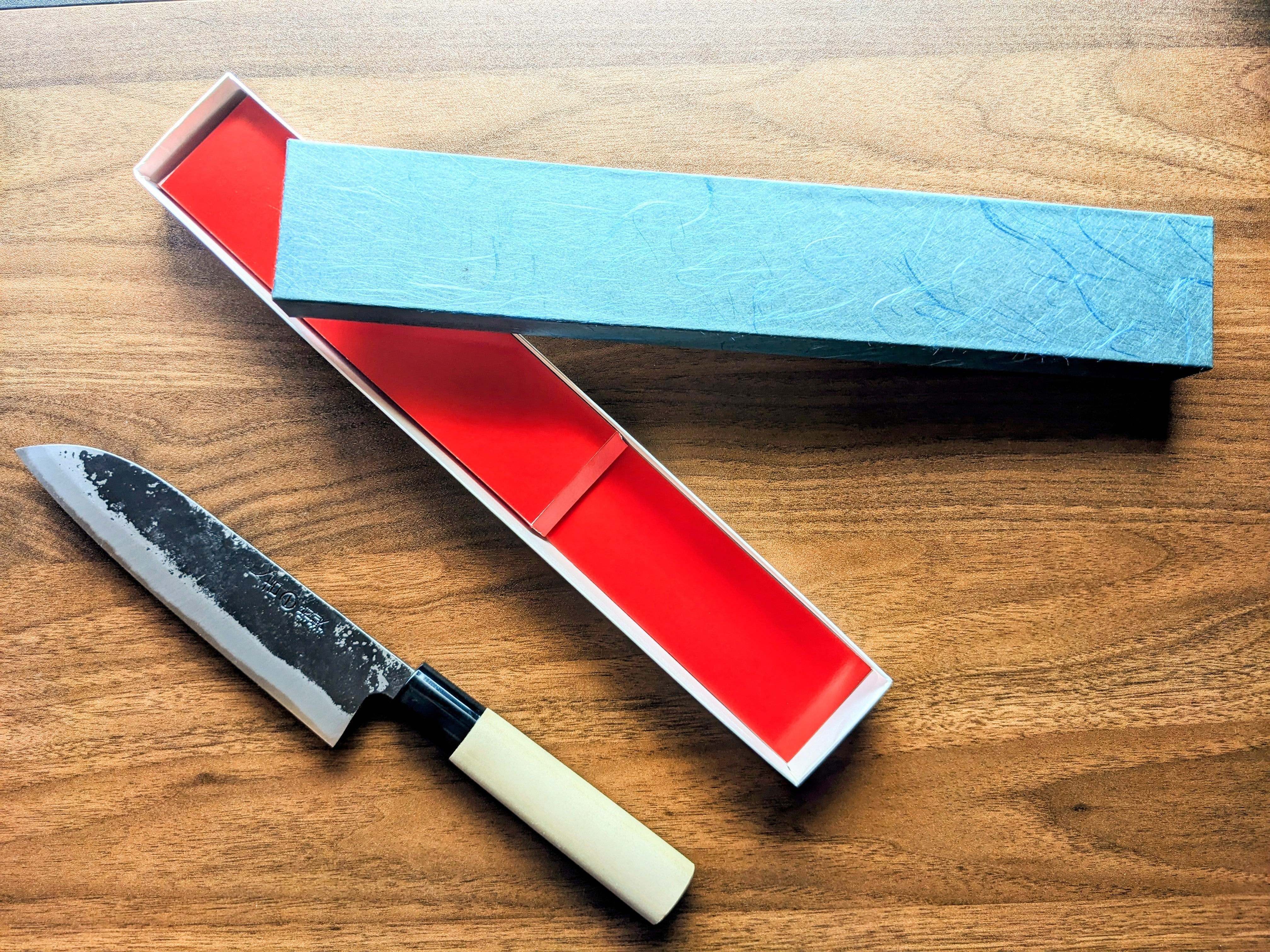

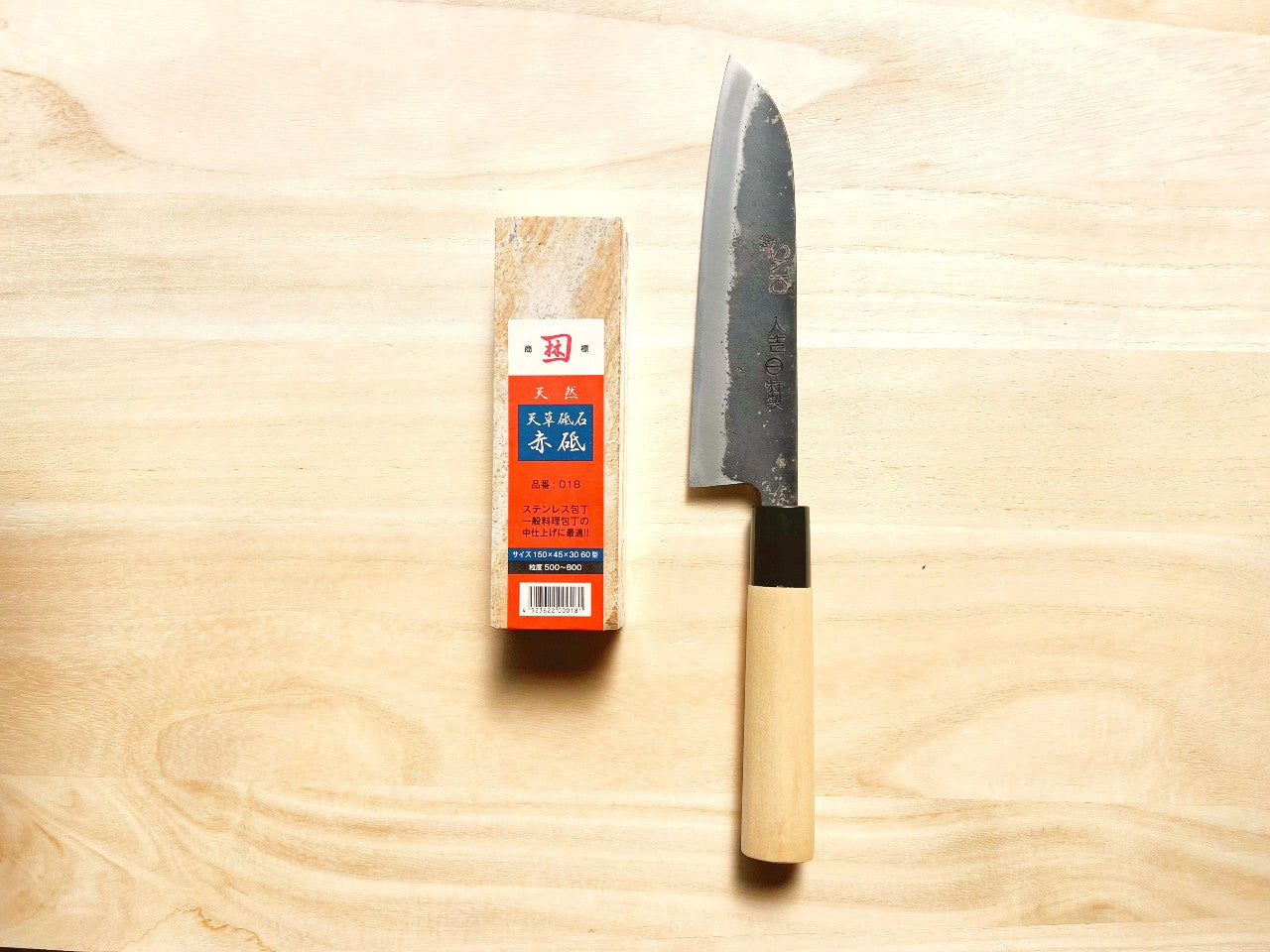

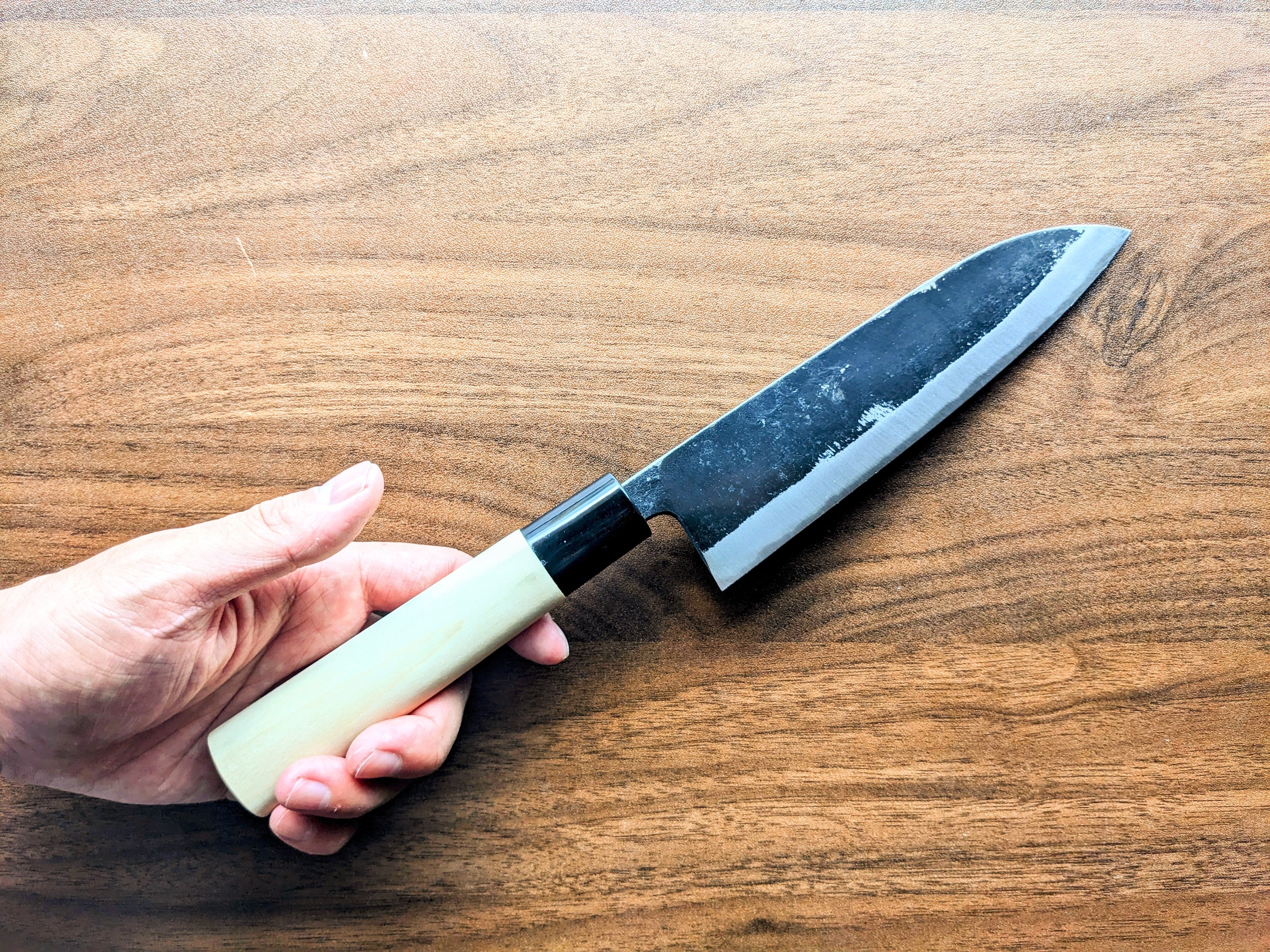

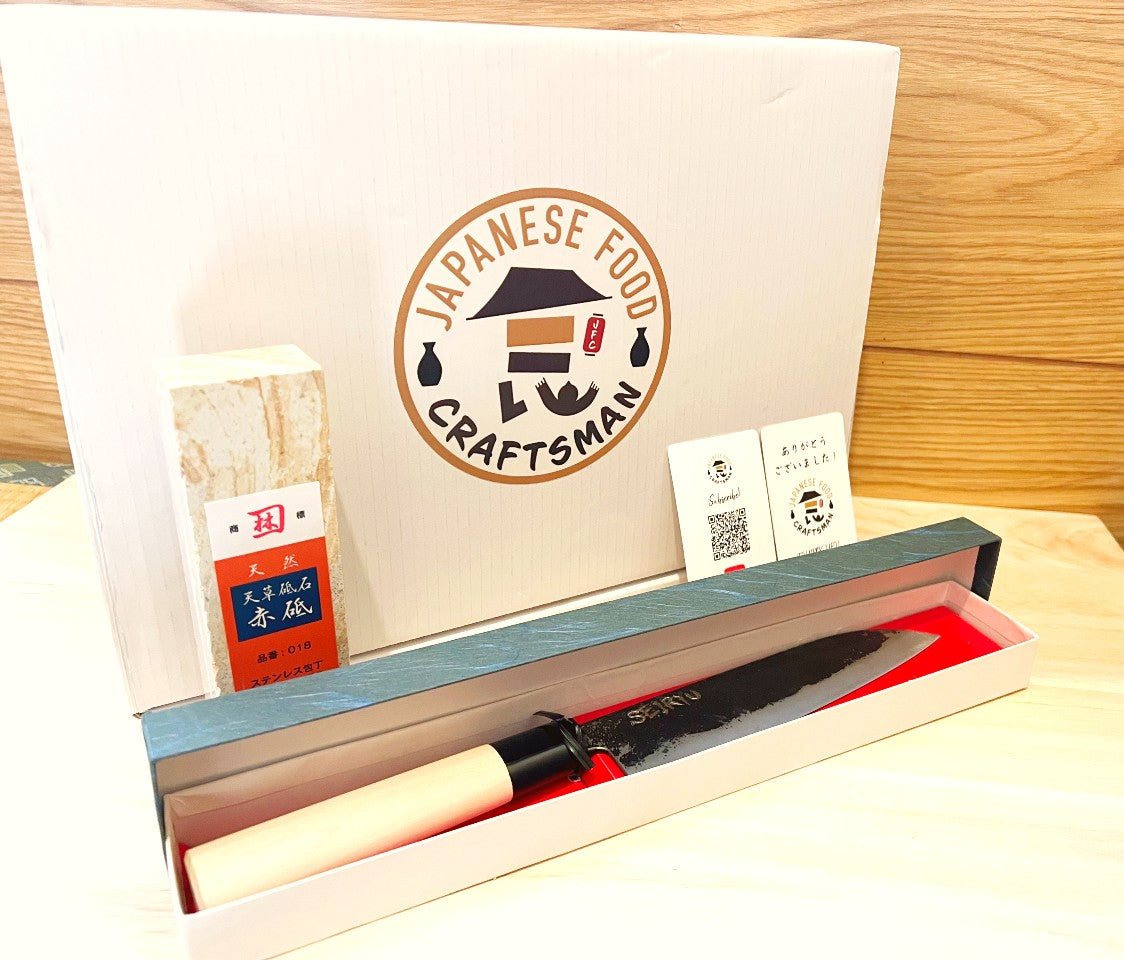



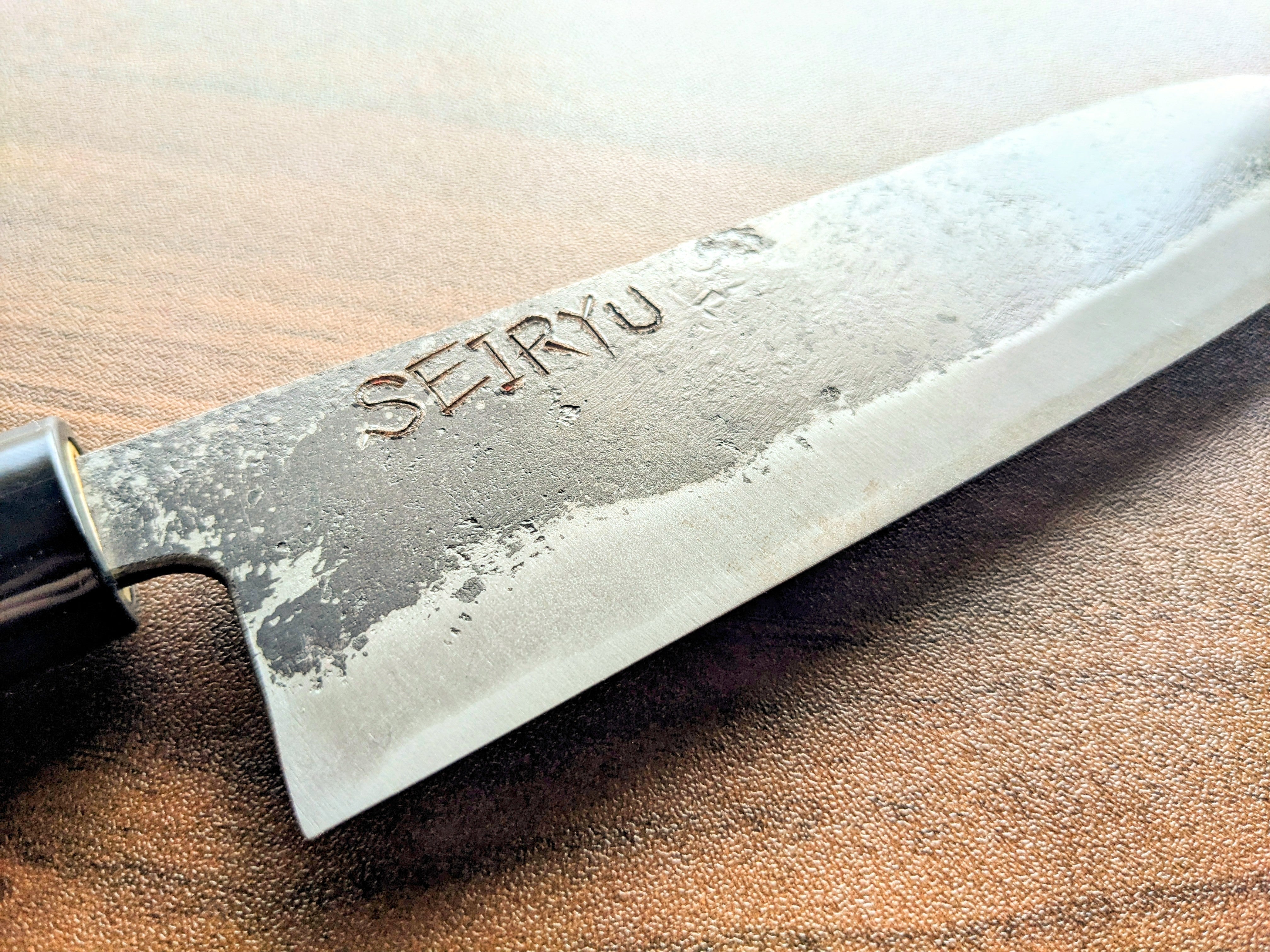

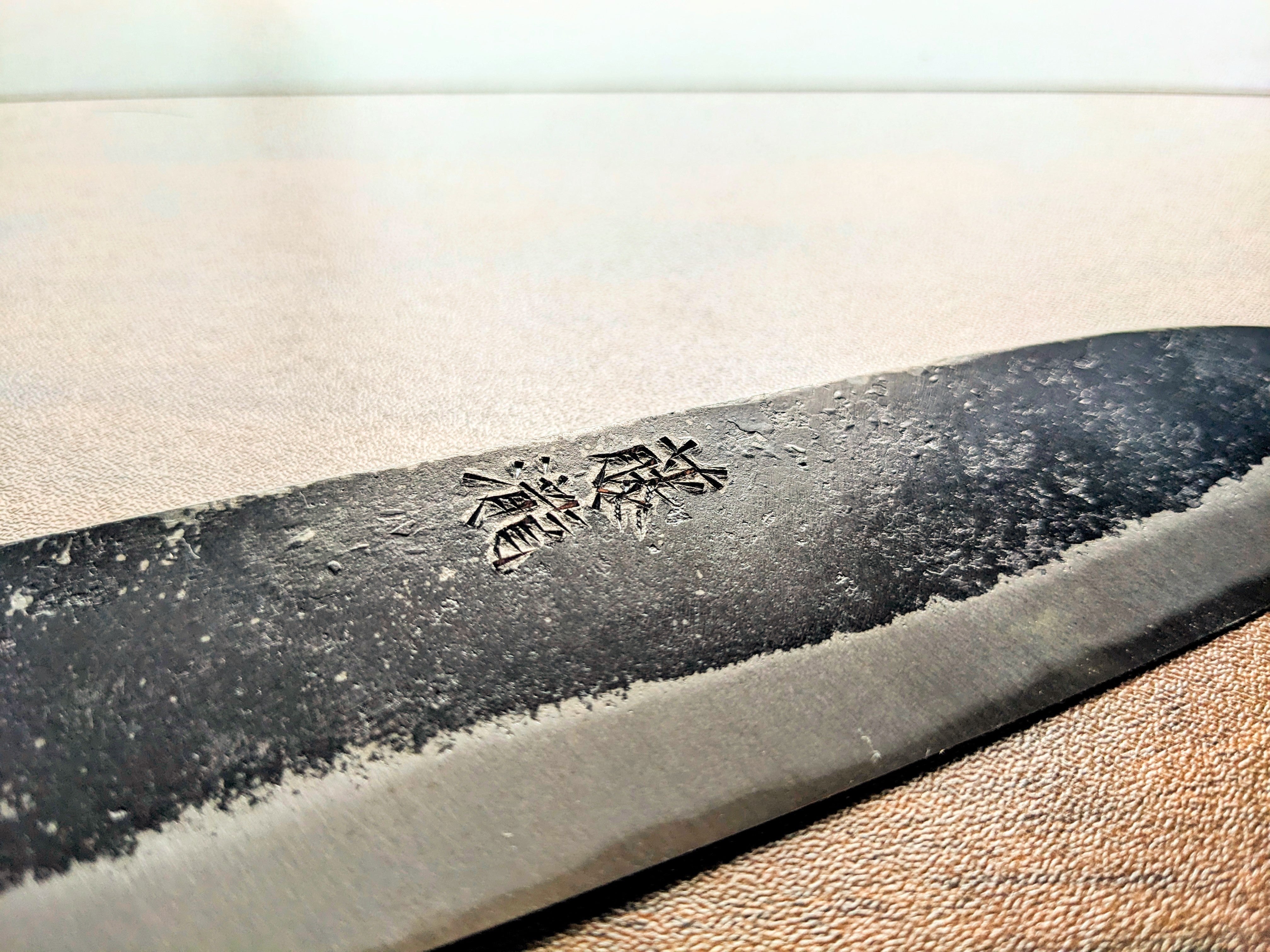

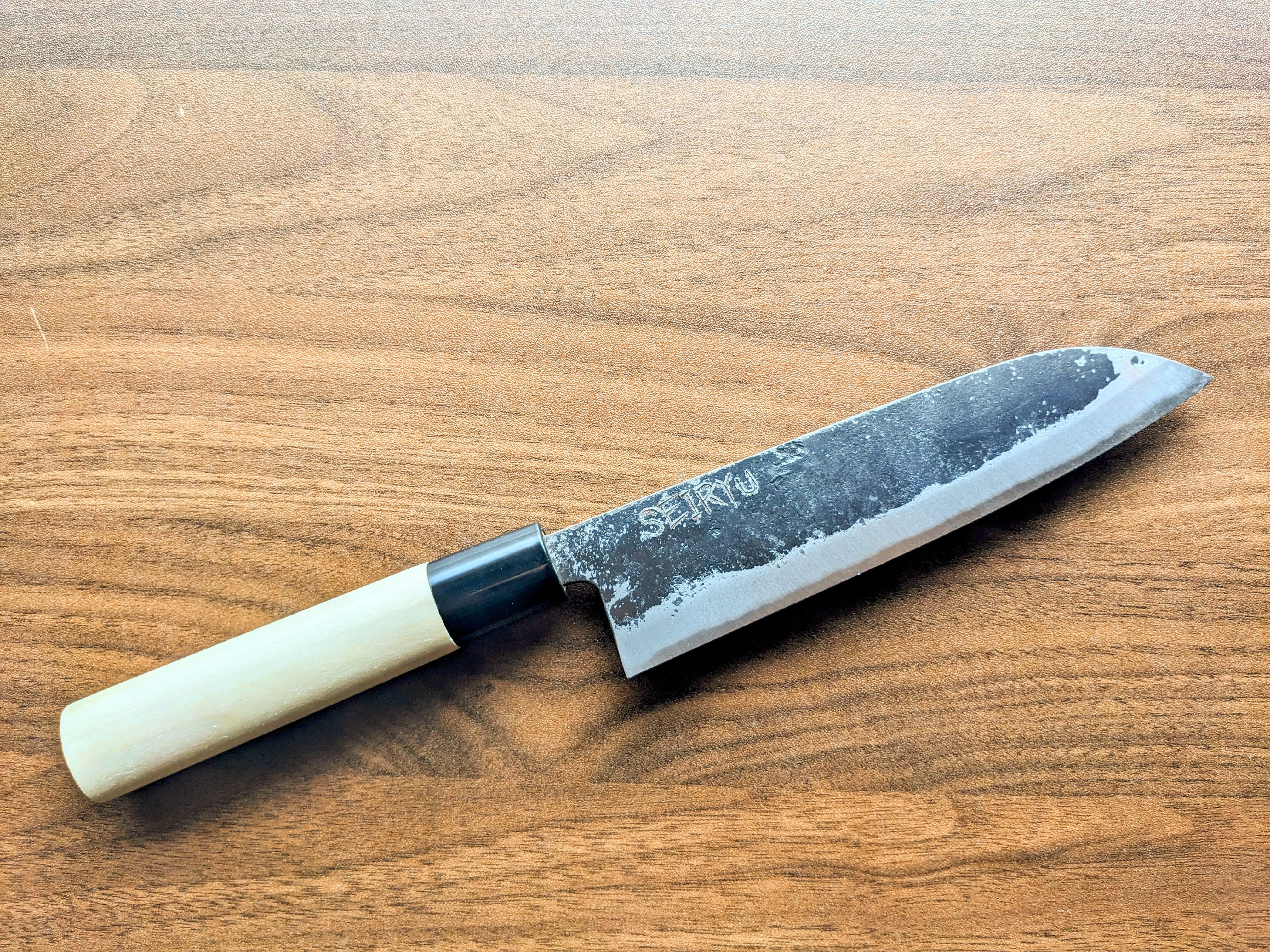

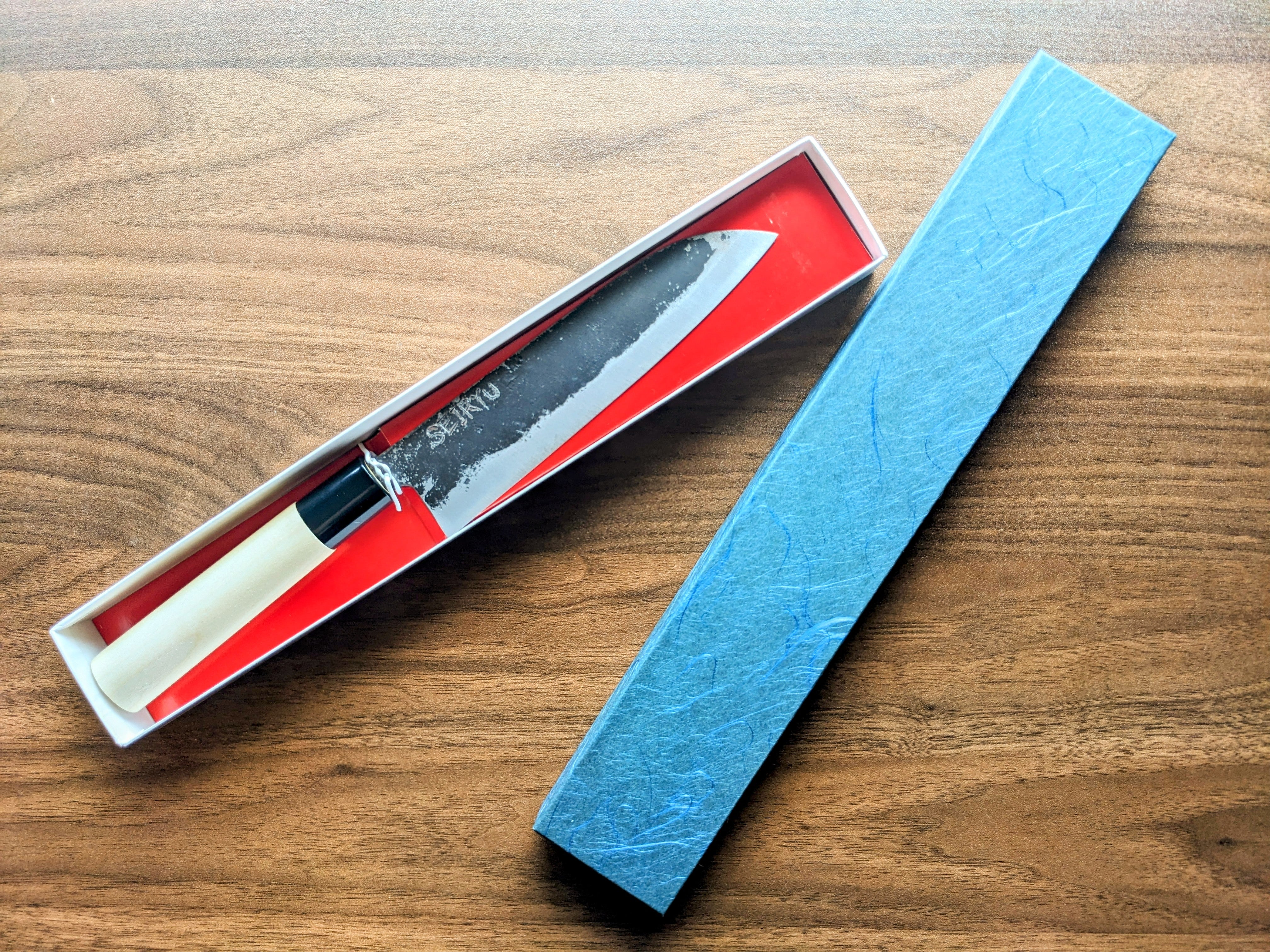

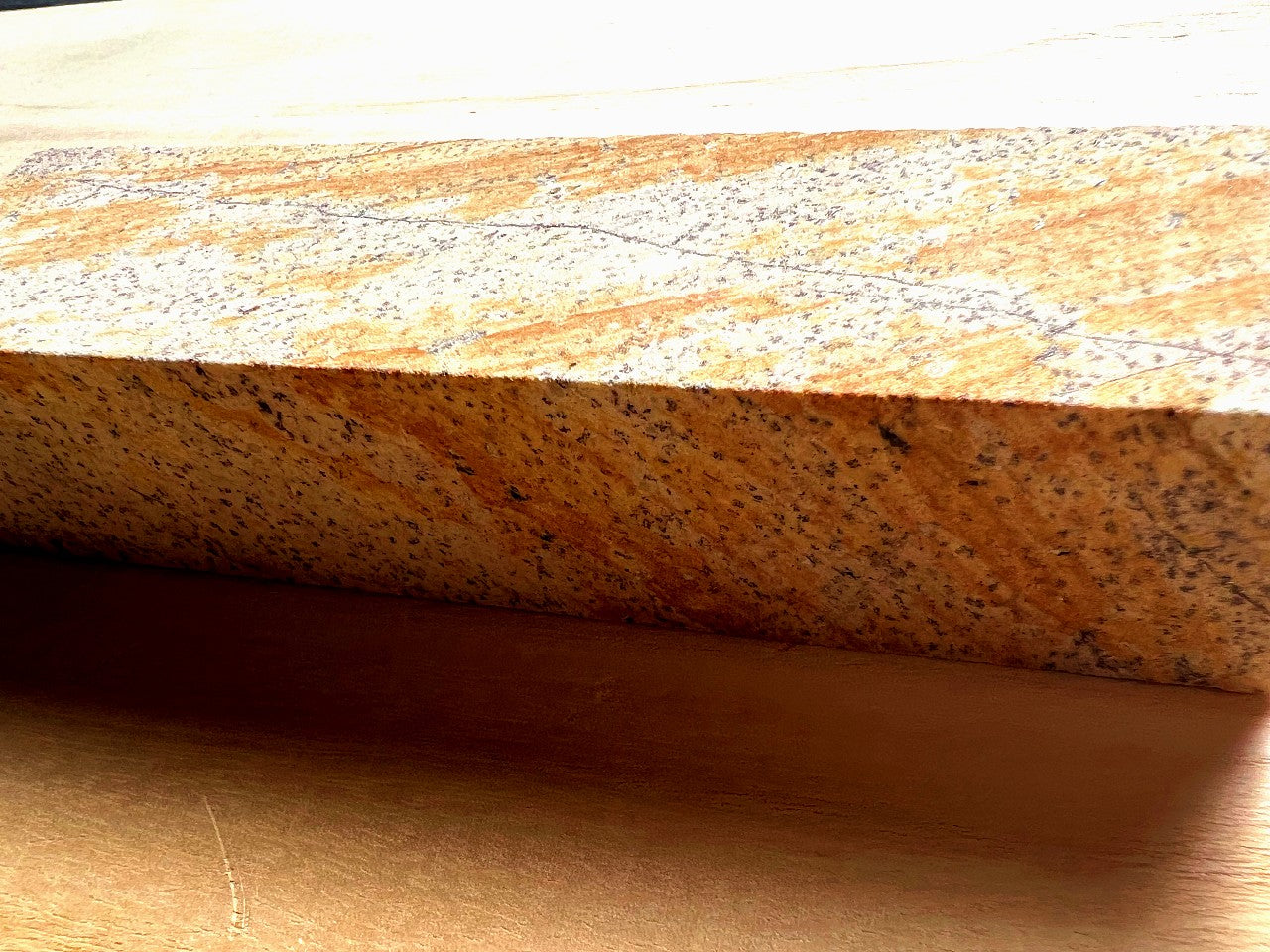
















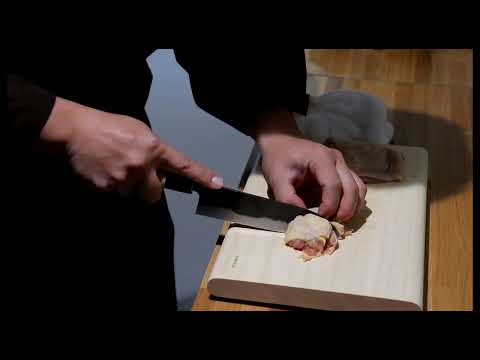







미노모 대장장이 팩
포함:
- "산토쿠" 식칼 (강철로 직접 제작, 길이 30.2cm, 칼날 길이 16.5cm, 무게 120g)
- 레드 숫돌 (15cm x 4cm x 3cm)
- 선택사항(추가 비용): 블레이드 각인 (알파벳 또는 일본어 한자로 최대 20자, 주문 시 메모 남기기 옵션을 통해 원하는 단어나 한자를 정확하게 알려주세요!)
- 전세계 무료 배송
*칼은 강철로 제작되어 시간이 지남에 따라 어느 정도 녹이 슬 수 있습니다. 녹을 제거하고 칼을 갈면서 칼을 관리하는 방법에 대한 자세한 설명이 팩에 포함되어 있습니다.
*영상 속 숫돌은 이번에 들어있는 숫돌과 종류, 색상이 다릅니다. 이는 돌의 연마 과정이나 품질에 영향을 미치지 않습니다.
Minomo Blacksmith: Three Generations Upholding 200 Years of Craft in Kumamoto
AS FEATURED ON YOUTUBE
Step inside the Minomo forge to see how blades are still made by hand, through heat, precision, and family tradition.
OVERVIEW

Nestled in the quiet mountain town of Hitoyoshi, Kumamoto, Minomo Blacksmith has shaped iron into tools of precision for over two centuries.
The forge, active since the late 1700s, continues today as a rare example of multigenerational blacksmithing, where three generations work side by side to preserve the craft. Despite floods, fires, and changing times, their workshop endures, driven by family, legacy, and a relentless commitment to quality.
PHILOSOPHY AND PROCESS
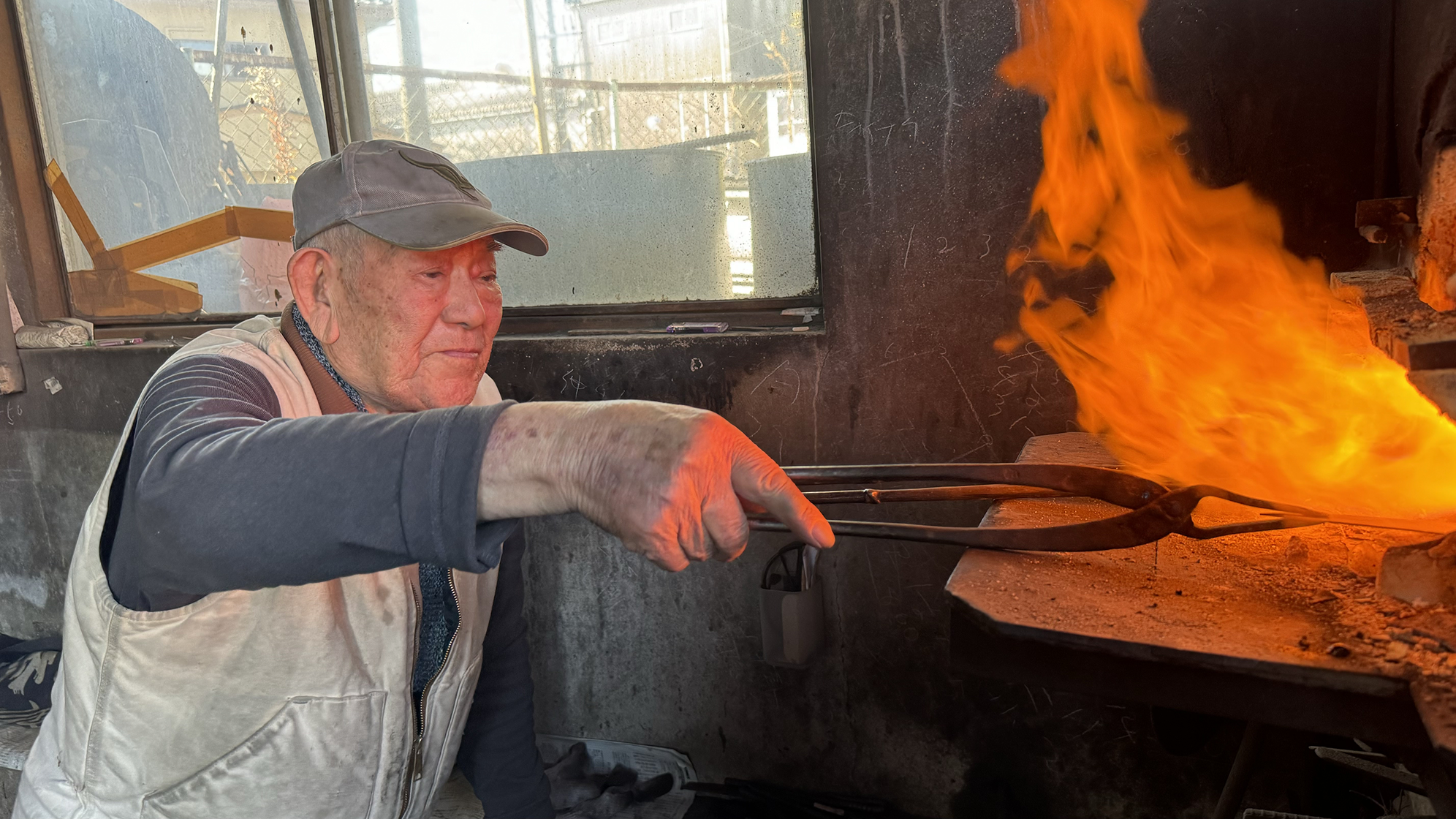
Minomo blades begin with a steel core of Aogami #2, known for its sharpness and hardness, encased in a softer iron jacket. The process demands exact control: heating the metals to around 1100°C, inserting the steel into hand-cut openings, and forging them together into a single billet.
Every step, from hammering to quenching, is done by hand, in-house, and with purpose.
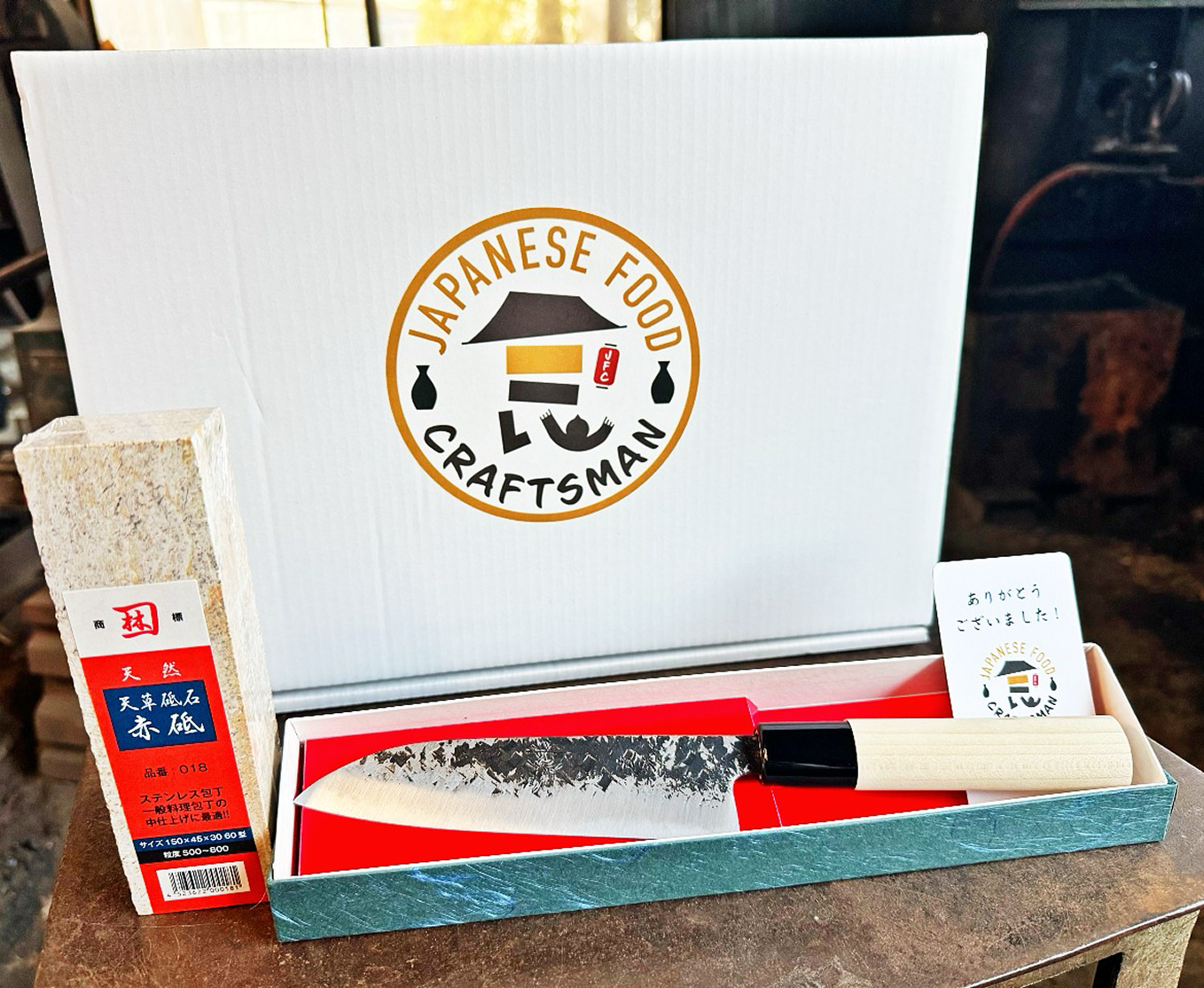
Blade Making as a Dialogue
Each knife is shaped through careful feedback between craftsman and material. From rough grinding to precision polishing, the smiths assess the curve, thickness, and hardness of every blade.
Natural whetstones, such as Amakusa, are used in the final stages to bring out a mirror-like edge, an unmistakable sign of Minomo’s finish. No blade leaves the forge without first bearing its maker’s engraved mark, a seal of personal accountability.

Craft as Continuity
The 8th-generation patriarch Yutaka still comes to the forge regularly, even at age 89. He is joined by his son Minoru (9th generation) and grandson Isamu (10th generation), who each bring different experiences but a shared respect for the work.
Minoru initially resisted passing the forge down, knowing how unstable a craftsman’s life could be. But when his son asked to work together while his grandfather was still strong, the answer became clear: keep the forge burning, together.
MESSAGE FROM THE MAKERS
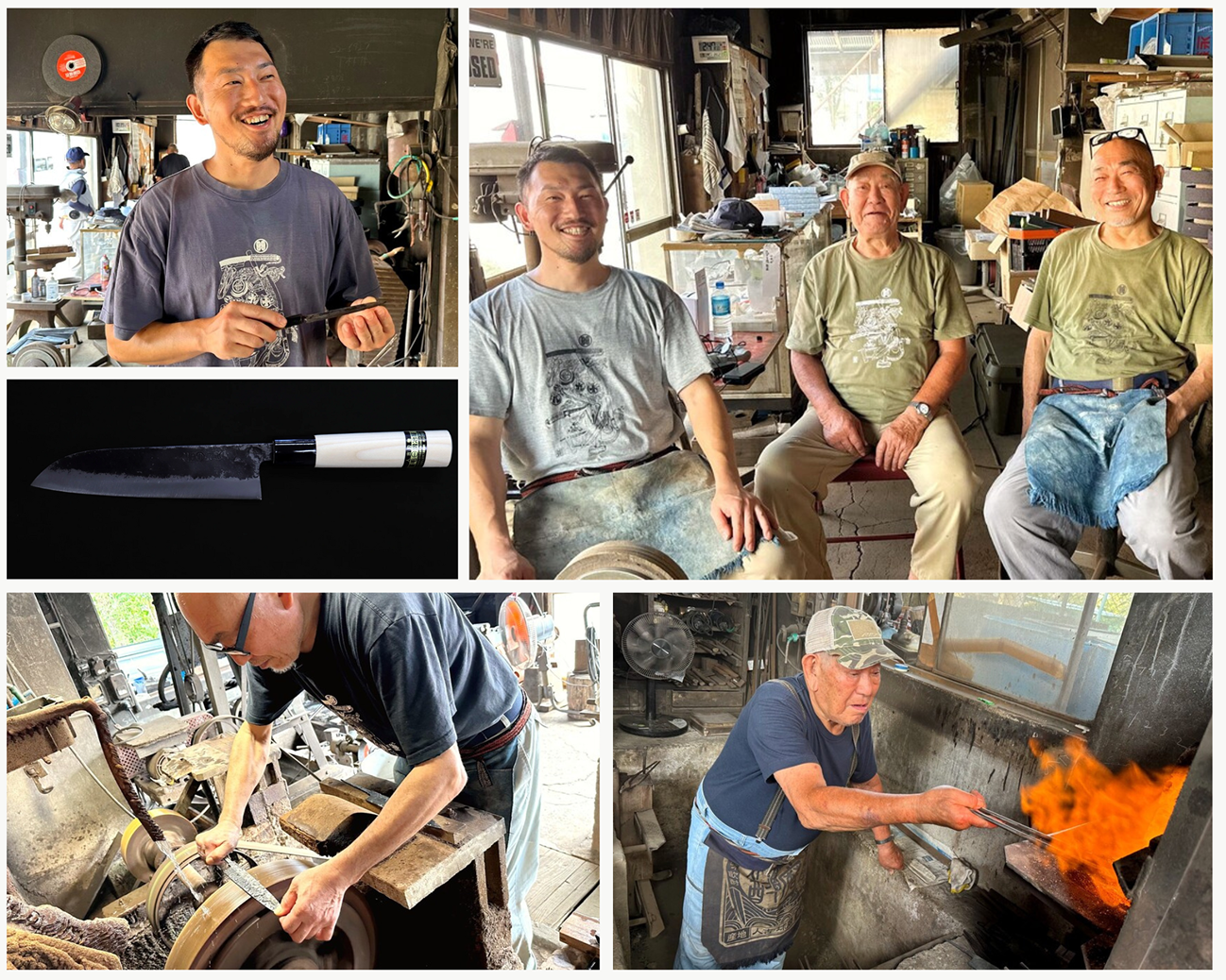
“I’ve worked here since I was 17. I’m 89 now. What brings me joy is working together with my son and grandson,” says Yutaka.
Minoru adds, “I didn’t want my son to take on the same hardships I faced. But he wanted to carry the flame forward. And now, I’m proud to see him growing into the role.
Isamu reflects, “If I make something dull, it would betray everything my father and grandfather built. I want to be worthy of the trust they’ve passed down.”
The Minomo forge is more than a workshop. It’s a living testament to persistence, family, and the belief that one well-forged blade can speak louder than words.

How to Sharpen your knife
Caring for your knife will make it last you for decades. After use, wash it with clean hot water, dry it off thoroughly, and place it in newspaper to prevent rusting. Check out the video below for more information on how to sharpen your knife with a sharpening stone, and how to store it safely.
